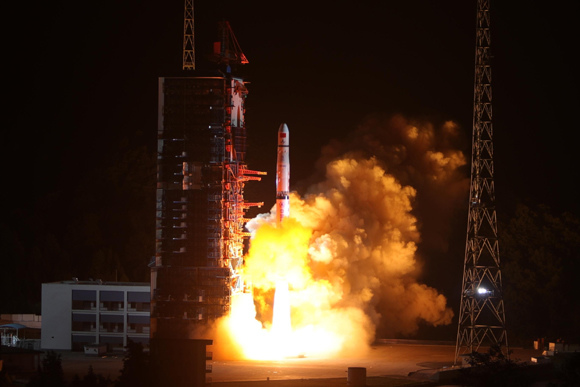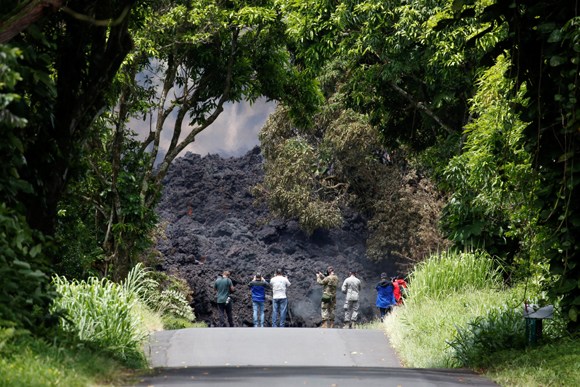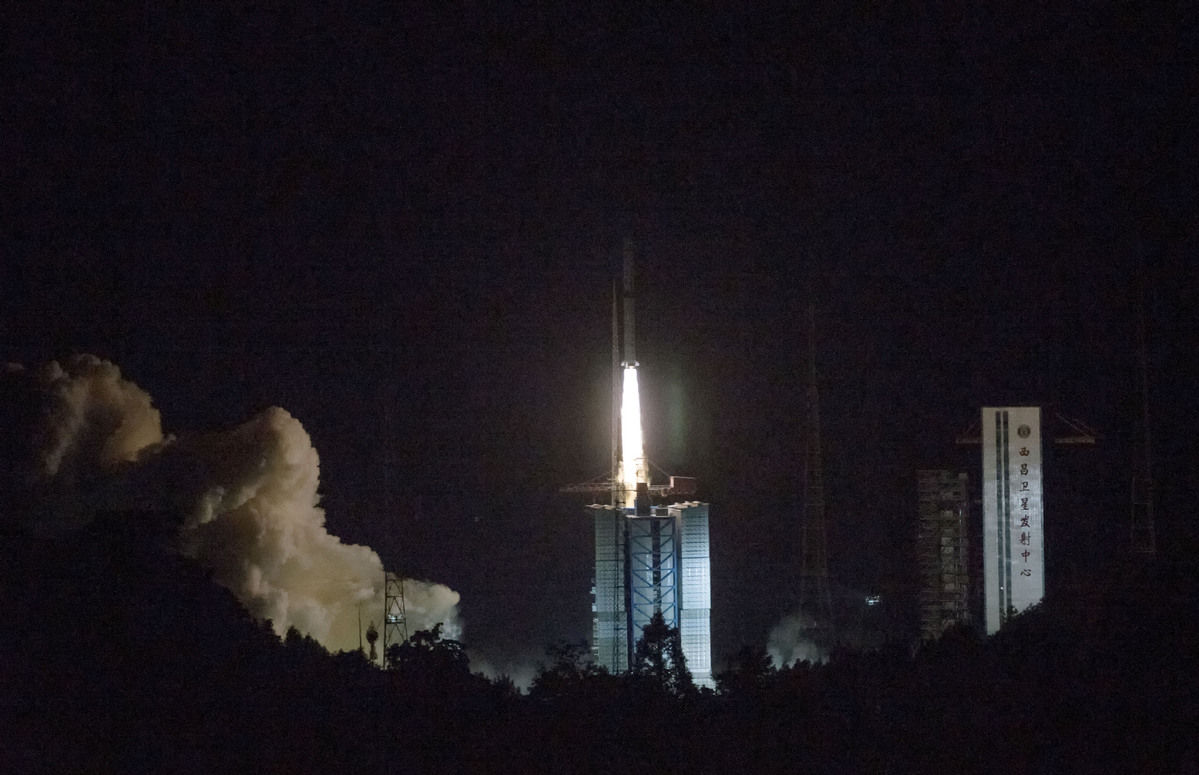Queqiao expected to form Earth-moon communication
China launched a relay satellite early Monday that will act as a distant communication link between Earth and the planned Chang'e-4 lunar probe that will explore the mysterious far side of the moon.
The satellite, named Queqiao (Magpie Bridge), was carried by a Long March-4C rocket that blasted off at 5:28 am from Xichang Satellite Launch Center in Southwest China's Sichuan Province, according to a statement released by the China National Space Administration (CNSA) and the State Administration of Science, Technology and Industry for National Defense after the launch.
"The launch is a key step for China to realize its goal of being the first country to send a probe to soft-land on and rove the far side of the Moon," Zhang Lihua, manager of the relay satellite project, told the Xinhua News Agency.
The operating life of this satellite is more than three years, which will allow the Queqiao to not only contribute to China's lunar exploration missions, but also provide services to other countries that have plans to explore the far side of Moon, making it one of China's contributions to space exploration, Pang Zhihao, a Beijing-based rocket and aerospace expert, told the Global Times on Monday.
The word queqiao comes from a Chinese folktale that tells the story of magpies that form a bridge with their wings on the seventh night of the seventh month of the lunar calendar to enable Zhi Nü, the seventh daughter of the Goddess of Heaven, to meet her beloved husband from whom she has been separated by the Milky Way, Xinhua reported.
First step
About 25 minutes after liftoff, the satellite separated from the rocket and entered an Earth-Moon transfer orbit with the perigee - the point closest to Earth - at 200 kilometers and the apogee - the point furthest from the Earth - at about 400,000 kilometers.
The solar panels and the communication antennas unfolded successfully.
Queqiao is expected to enter a halo orbit around the second Lagrangian (L2) point of the Earth-moon system, about 455,000 kilometers from the Earth. It will be the world's first communication satellite operating in that orbit.
"The L2 point is like a balance point between the gravitational pull of the Earth and the moon. If the Queqiao satellite enters the point successfully, it would not need to change its orbit to maintain effective communication. It's close to the moon but far from Earth, and at this point Queqiao would be able to keep effective observation to the far side of moon with low energy cost," Pang said.
But the mission must overcome many challenges, including multiple adjustments to its orbit, Zhang said.
"The launch is just the first step, and next we need to make sure the Queqiao enter the correct point through multiple orbital transfers, and we need to conduct a lot of tests to make sure it can provide an effective and stable relay service," a satellite expert at a Beijing-based military academy, who asked for anonymity, told the Global Times on Monday.
Chinese scientists and engineers hope the Queqiao satellite will form a communication bridge between controllers on Earth and the far side of the Moon where the Chang'e-4 lunar probe is expected to touch down later this year.
Monday's launch was the 275th mission of the Long March rocket series, Xinhua reported.


















































